In-Depth with the Windows 8 Consumer Preview
by Andrew Cunningham, Ryan Smith, Kristian Vättö & Jarred Walton on March 9, 2012 10:30 AM EST- Posted in
- Microsoft
- Operating Systems
- Windows
- Windows 8
Bitlocker drive encryption
The new Bitlocker is largely similar to the version included in Windows 7—it can be used to encrypt both internal hard drives and removable storage.The main difference is that Bitlocker will now offer to encrypt only the used portion of your hard disk, rather than the entire voume—as in Windows Vista and Windows 7, encrypting your laptop’s hard drive doesn’t require a TPM module, but it does work best with one. Bitlocker will also offer to save your hard drive’s recovery key to SkyDrive.
I'm really hoping that Windows 8's emphasis on security and mobile computing devices means that Bitlocker is extended to more Windows editions—in both Vista and 7, it was available only in the top-tier Ultimate edition and the volume licensed Enterprise edition. We don't know anything about Windows 8 editions yet, but the responsible thing for Microsoft to do would be to make drive encryption available for more of its users.
File History
Windows Backup as it existed in Windows 7 is now called “Windows 7 File Transfer,” and is used to restore backups and files created with the Windows 7 Backup control panel. You can still create backups of Windows 8 with this tool if you want, including file backups and full system images, but the new Windows 8 tool designed to keep your data safe is called File History (and, if you needed more proof that File History is intended to replace Windows Backup, the feature won’t work if you have Windows Backup configured).
File History combines the old Windows Backup functionality with the Time Machine-like ability to keep and easily restore multiple versions of old files. Using either an external hard drive or a network share (at least, in the Consumer Preview—home versions of Windows 7 were unable to use network shares for Windows Backup, and a similar limitation may apply here depending on how the Windows 8 product editions shake out), you can backup copies of files in your document, picture, music, and video libraries, as well as your favorites, contacts, and items on your desktop.
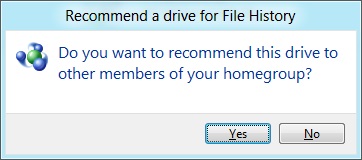
If you save your files to a network drive, you can also “recommend” that drive for use to other members of any homegroup that your computer belongs to.
Remote Desktop
There are actually two versions of the Remote Desktop client in Windows 8—the first is a new Metro-style app, pictured above, that can connect to any Remote Desktop host but is optimized especially for Windows 8 and Metro. The second is the classic Remote Desktop client, which despite being updated to version 6.2 is hidden away in a system folder (the exact path is C:\Windows\System32\mstsc.exe) and is not present either on the Start screen or in any of the Windows Search sections—its operation is basically the same as in previous Windows versions, and it doesn't include the special Metro-centric controls of the Metro-style Remote Desktop app. Take note of this if you need (or prefer) to use the older client.
Windows Defender
Windows Defender, a lightweight anti-malware product first integrated into Windows Vista, has also been given an upgrade. Older versions of the program scanned only for spyware, but the Windows 8 revision picks up the anti-virus engine from the Microsoft Security Essentials product that XP, Vista, and 7 users must download and install separately. Microsoft Security Essentials is my anti-virus product of choice for my computers at home, and it's nice to see this basic level of protection (finally) make it into a default Windows install. Anti-virus companies like Symantec and McAfee may cry foul, but this is a net gain for users and for the state of security in Windows.


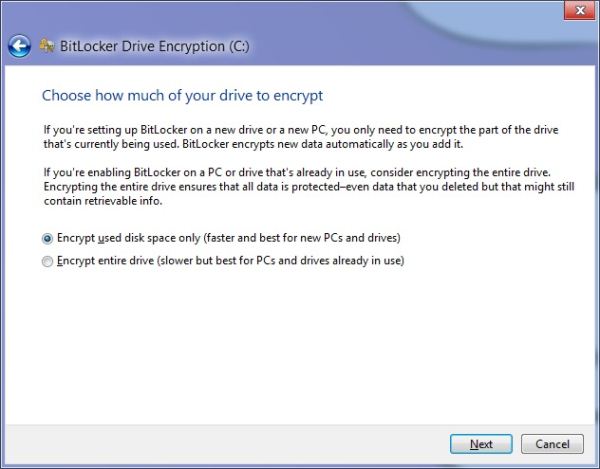
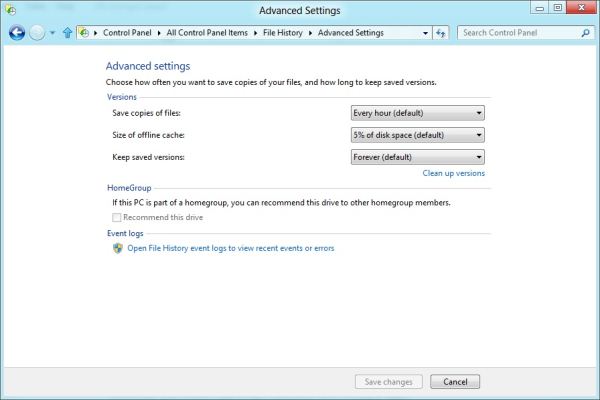
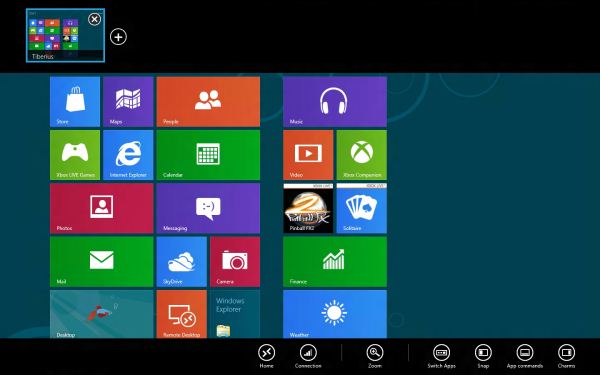
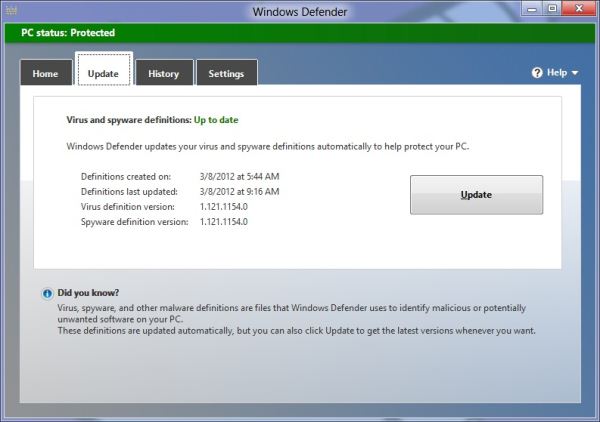








286 Comments
View All Comments
yannigr - Thursday, March 15, 2012 - link
May I say something here?Sorry for my English in advance.
I don't know if your work at Anandtech is a full time job or more like an occasional work. When you see a site like Anandtech you think that this is more like a big company with full time employees not a site with people that come and go just to write an article, or a review, at their spare time with hardware that they buy or if they are lucky get from the big companies as a gift for a presentation/review.
So when you are thinking Anandtech (and this is where maybe we misjudge you) as a big company you don't expect to read stuff that you read from a 16 years old kid in a small forum with 2-5-10 thousand members about his last review. I can not accept an excuse like this that you give. If you are in the BIGGEST and MORE RESPECTED hardware review site on the internet, and I don't think I am wrong here, you buy hardware that you also DO NOT LIKE or is not good enough for YOU. Why? Because that is your job or/and because you are writing for ANANDTECH not YannigrTech.
When you have the time to fast-test 8 machines you try to find an AMD system and even if it exists a system with VIA hardware. I know I must be joking with the last one about VIA. Well, I am not. I do think that if there was a VIA system in there many would be posting about how they were surprised about that. Even if they where laughing at it's performance it would have been a plus for the review.
Think a review many pages long about the next 3DMark only with AMD gpus because the reviewer don't find Nvidia gpus good enough. Many Nvidia fans would have been disappointed, to put it mildly.
Anyway the first post was written just for fun, because I know that Intel don't only have the better hardware but also the biggest influence not only at hardware sites but in people's minds too. Between two equal systems most just choose Intel because it is an Intel.
This post was whiten only because I was not expecting someone that writes for Anandtech to say that:
I only have Intel, I am not buying AMD because it is just not good enough for me.
Last. Thanks for the review. No joking here. It was interested and useful.
Andrew.a.cunningham - Monday, March 19, 2012 - link
First, thanks for reading! I'm glad you found the review useful. Second, I want to try to answer some of your questions as to how AnandTech (and most new outlets on the Internet) work.Most writers who get paid are not working full-time positions. This is true both of independently owned websites like AnandTech, corporate-owned sites like IGN, or even big-time traditional publications like the New York Times. Most sites will contract freelancers rather than full-time workers both because of cost (freelancers are almost universally paid less than salaried employees and get no benefits) and administrative reasons (full-time employees mean that you've got to start paying attention to things like benefits and payroll taxes, necessitating a larger administrative staff to handle things like accounting).
Different outlets handle things in different ways - at AnandTech, the pay is OK for contractors, and most of us can bother Anand himself if we have questions about a story we're working on. On other sites (to cherry-pick an extreme example, let's call out the Huffington Post), freelancers are sometimes paid nothing, and are rather compensated with "exposure" and clips that they could in theory use to land a paying gig later on. I think what HuffPo (and, really, any profitable publication that doesn't pay its writers) does is a scam and I've got some strong feelings about it, but that's not my main point - my point is that much of what you read on the Internet is being written by people who don't write on the Internet full time. At AnandTech, even the senior editors are contracted freelancers rather than full-time employees.
Different people write for different reasons, but my goal is to make a living at it - I'm doing it because I love it, sure, but I'm also doing it because there are bills to pay. To do that, I cannot and will not spend $500 on hardware to use in a review that will earn me quite a bit less than $500. As anyone can tell you, that math doesn't add up, and since this is a review of the beta version of an x86-compatible Windows product - a product that looks and acts the same on any hardware that meets the minimum requirements - it's frankly not as important as a few of you seem to think it is. And that's all I have to say about it.
yannigr - Monday, March 19, 2012 - link
I still believe that you should buy an AMD system. Not today or tomorrow but the next time you would need an extra machine. But that's me.Thanks for answering my post :-)
Andrew.a.cunningham - Monday, March 19, 2012 - link
I'll look into it for sure. Trinity has my interest piqued. :-)TC2 - Sunday, March 11, 2012 - link
AMD?This isn't the point! Andrew Cunningham here hasn't downside. I want to ask, what is the problem here? The recent Intel CPUs a far superior than the amd cpus! And, if you want to know the best sides of W8 ... the amd just isn't the first choice ... :)))
silverblue - Monday, March 12, 2012 - link
At the time Andrew got those machines, the best option across the board likely would've been Intel. The Atom build is thoroughly outclassed by Brazos but it simply wasn't available at the time.It's only really the past twelve months to fifteen months where AMD has actually had a viable range of mobile processors for netbooks and larger.
medi01 - Monday, March 12, 2012 - link
Name something "far superior" to AMD A8 3850 that has comparable cost.TC2 - Wednesday, March 14, 2012 - link
Oops to daisies :) It would make a god to tears!You and all amd-fans, are very funny!
When the conversation is about cores - "amd has twice than Intel" ?!
When the conversation is about performance - "the cost isn't comparable" ?!
When the conversation is about CPU - "amds APU is bla-bla..." ?!
When the conversation is about benchmarks - "look look, the BD is almost like Nehalem (btw. 2 generations older)" ?!
All those is UNTRUE!!! And remember well - I and many-many people doesn't give a shit about amds green presentations, cores and so ... We need fast CPU in ST as well as MT, and fast GPU! And believe me, esp. in professional segment amd got nothing significant :)))
chucky2 - Friday, March 9, 2012 - link
I'd like for you to do an article on feature support of DirectX 9 cards under say Windows XP SP3 vs Windows 8. I know AMD dropped support for their DirectX 9 based cards before their 10.2 (Feb 2010 driver set), and then later belatedly added 10.2 as the last supported driver. My interest is in if they've dropped proper support of their cards in Vista/7/and now 8 rather than putting in the (very likely minimal) work to properly support them.Thanks for the article!
Andrew.a.cunningham - Friday, March 9, 2012 - link
The 10.2 driver was only supported under Vista, but in my experience it works fine for Windows 7, which means it should work OK in Windows 8. One of the iMacs I tested on used a Radeon X1600 Mobility card - I installed the Vista-certified driver off of a Snow Leopard DVD and didn't see any crashes or instability, but your mileage may vary.